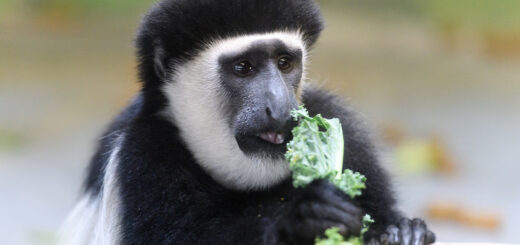Evaluation of 3 Milk Replacers for Hand-Rearing Indian Nilgai (Boselaphus tragocamelus)
Citation
Burch CD, Diehl M, Edwards MS. 1995. Evalutaion of 3 milk replacers for hand-rearing Indian Nilgai (Boselaphus tragocamelus). In Proceedings of the First Conference on Zoo and Wildlife Nutrition, AZA Nutrition Advisory Group, Scarborough, OT.
Abstract
Hoofstock neonates are often hand-raised for multiple reasons. Feeding maternal milk is optimal, but is rarely available for hand-rearing. Therefore, suitable substitutes must be identified. Published nutrient composition of maternal milk is frequently used as a guide. In many instances, however, no information is available regarding the milk composition of a particular species. Nilgai have been successfully raised at the Wild Animal Park using several formulas. It has yet to be determined which formula(s) produce the best response. Eight nilgai (3 females, 5 males) were received for hand-rearing and were randomly assigned 1 of the following 3 formulas for a blind study: evaporated cows (EC) :nonfat cows (NFC) 2: 1, EC: Milk Matrix 30/55®:water 10: 3: 12, or EC:SPF-Iac® 2: 1. EC: NFC 2: 1, which has been used for several seasons, was designated as the control. The composition of EC:30/55:H2O 10:3: 12 is comparable to the published composition of eland milk, a species taxonomically related to nilgai. EC:SPF-Iac® 2: 1 has lipid and carbohydrate composition intermediate to the other formulas. Response parameters monitored include weight gain, stool consistency, feeding response, and overall body condition. Based on the results, Indian nilgai can be hand-reared successfully on any of the 3 milk replacers. Of the 3, however, the group fed EC:NFC 2: 1 were the heaviest at weaning and the most vigorous throughout the hand-rearing process.
 Evaluation of 3 Milk Replacers.pdf 4 MB
Evaluation of 3 Milk Replacers.pdf 4 MB








